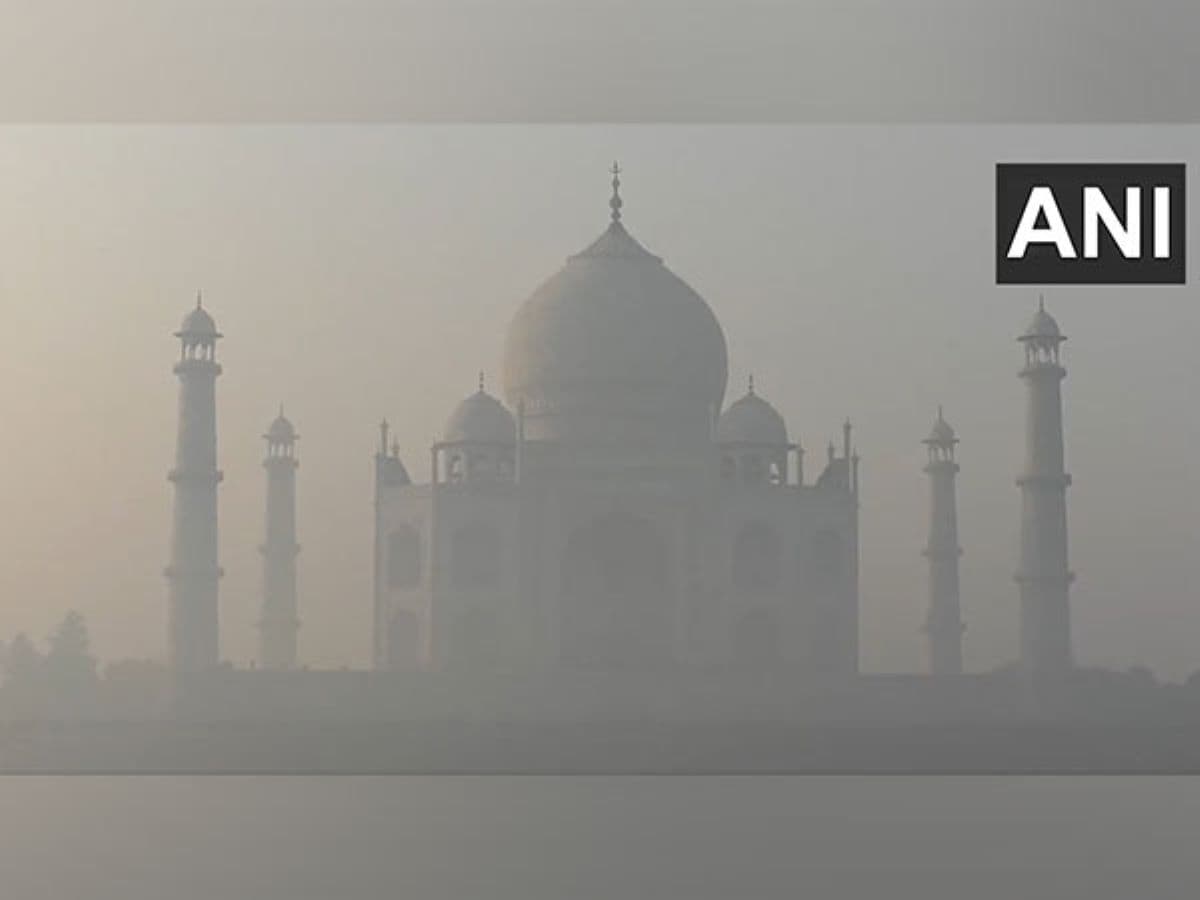
Agra: A day after the Diwali celebrations, a blanket of smoke and haze covered various cities across India. The air quality in many turned poor on Monday morning.
Agra was not an exception. Post-Diwali celebrations have left pollution hanging in the air as smoky smog.
The Taj Mahal could hardly be seen as a thick blanket of smog engulfed it.
The same was the case with Uttar Pradesh’s capital city Lucknow. As per the Central Pollution Control Board (CPCB), the air quality in Lucknow’s Lalbagh was recorded at 292, it was recorded at 248 near Kendriya Vidyalaya and 219 at the Talkatora district industries centre, all in the poor quality.
Firecrackers are made from harmful chemical compounds like sulphur, cadmium, mercury, and lead, which release toxic fumes upon burning. The fumes can cause dense smog, making it difficult to breathe.
Although there was a decline in air pollution due to rains that occurred the day before Diwali, the level of air pollution has increased yet again post-Diwali celebrations.
The air quality in UP’s Kanpur also remained thick with the smoke of fumes, fog, smoke on Monday morning after the festivities last night.
Despite a blanket ban on fireworks owing to runaway pollution and worsening air quality, revellers across the country engaged in bursting firecrackers on Diwali night.
Air pollution levels can be high during the winter months for a number of reasons, including dust and vehicular pollution, dry-cold weather, stubble burning, burning crop residues after the harvest season and commuting.
Cold air is denser and moves slower than warm air, so it traps pollution and doesn’t whisk it away. This means that air pollution in winter remains in place for much longer than during the summer.
